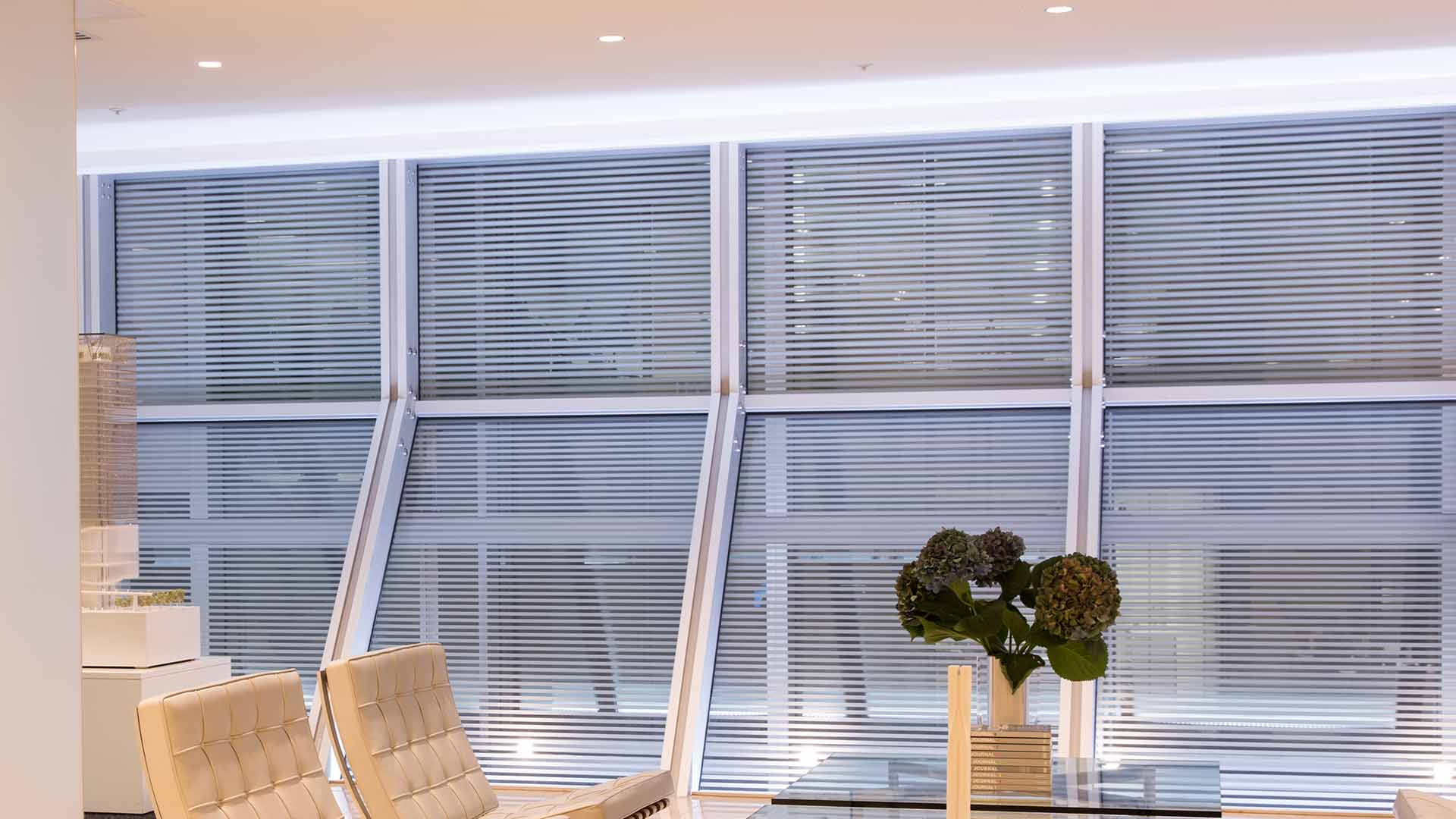Our Creative Director takes a look....
The start of the distinction between the traditional and contemporary, could really be marked through the need to develop more environmentally sustainable solutions to the luminaires and lamps that we were all so fond of. Of course this isn’t an exclusive statement, but the time, money and research that’s been invested into the development of energy efficient solid state solutions such as LED, has in turn enabled the designer to free their creative juices almost without bound. Realising complex dynamic features and elegantly integrated designs that would simply not have been possible before.
Since the invention of high-output LED sources traditional, incandescent lighting solutions have been under review due to the need to replace the horrendously inefficient sources such as the tungsten filament lamps or xenon click strips, a task that fluorescent light sources had failed at previously due to poor colour rendition and dimming characteristics. There seemed to be an innate relationship shared with the quality of light attributed to an incandescent lamp source, irrespective of its lack in efficiency. The qualities missed are its high colour rendering index (CRI) and its natural ability to enter a visually warmer part of the spectrum when dimmed, making things feel more cosy and intimate, not just less bright.
So early on the bar for solid-state “contemporary” lighting was set. It had to be energy efficient, but provide the same quality of light characteristics as an incandescent “traditional” source. This was no mean challenge for LEDs and gave rise to manufacturer battles to provide at first more efficient solid state sources that could be dimmed smoothly, then (as we’re seeing now) high CRI LED solutions (circa 90+) usually associated with traditional sources – then the next challenge has been to achieve “warm dimming” LEDs that provide the warmer tones as things get more intimate. This constant drive to replicate the traditional via various “tricks” through design has led even further down a path of not only replication but also enhancement, such as the Xicato Beauty XSM module that goes deeper within the visible spectrum to boost the visual appearance of skin tones.
But, it’s this same need to update the traditional with the conventional that’s prompted the market into investing itself into new technologies, a seemingly ever developing world of enhancements that can underpin the possibilities in creativity limited only by the designer’s imagination…and of course price point (an important part of our lighting design world)!
Image: Nulty


